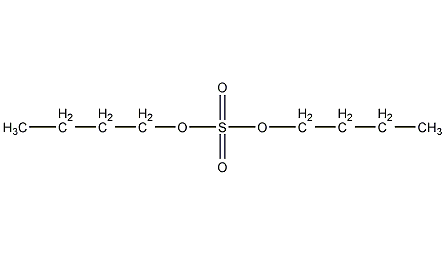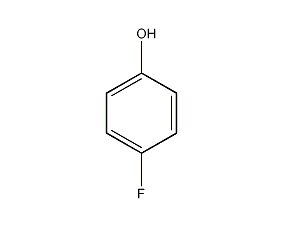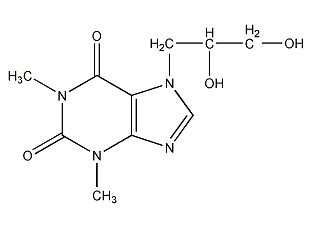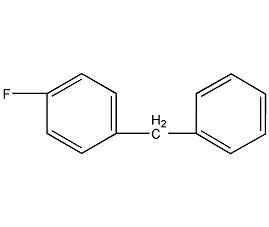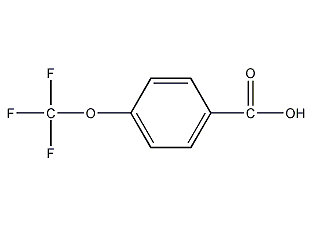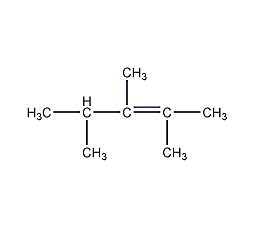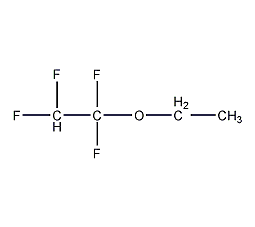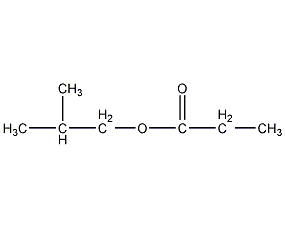4-(Trifluoromethyl)benzoyl chloride


Structural formula
| Business number | 048T |
|---|---|
| Molecular formula | C8H4ClF3OS |
| Molecular weight | 240.63 |
| label |
p-Trifluoromethylthiobenzoyl chloride, 4-(Trifluoromethylthio)benzene(formyl)yl chloride, 4-Trifluoromethylthiobenzoyl chloride, 4-TRIFLUOMETHYLTHIO BENZOYL CHLORIDE, 4-(TRIFLUOROMETHYLTHIO)BENZOYL CHLORIDE, 4-TRIFLUOROMETHYLSULFANYL-BENZOYL CHLORIDE, 4-(Trifluoromethylthio)benzoyl chloride, 97+% |
Numbering system
CAS number:330-14-3
MDL number:MFCD01631632
EINECS number:000-000-0
RTECS number:None
BRN number:2723544
PubChem ID:None
Physical property data
一 , physical property data
Traits :Colorless or yellow liquid
Density (g/mL,25/4℃): 1.445
Relative Vapor density (g/mL, air=1):Not available
Melting point (ºC): -32
Boiling point (ºC, normal pressure): 229-230
Boiling point (ºC, 5.2kPa): Not available
Refraction Rate: 1.5220
Flash Point (ºC): 117℉
Optical rotation (º): Not available
Spontaneous combustion Point or ignition temperature (ºC): Not available
Steam Pressure (kPa, 25ºC): Not available
saturated Vapor pressure (kPa, 60ºC): Not available
Burn Heat (KJ/mol):Not available
Critical Temperature (ºC): Not available
Critical Pressure (KPa): Not available
oil and water Log value of the (octanol/water) partition coefficient:Not available
Explosion Upper limit (%, V/V): Not available
Explosion Lower limit (%, V/V): Not available
Dissolve Properties: Not available
Toxicological data
2. Toxicological data:
Acute Toxicity:Not available .
Ecological data
Three , Ecological data:
1 , Other harmful effects: This substance may be harmful to the environment, and special treatment should be given to water bodies. Notice.
Molecular structure data
1. Molar refractive index: 49.33
2. Molar volume (m3/mol):161.3
3. isotonic specific volume (90.2K):402.1
4. Surface Tension (dyne/cm):38.6
5. Polarizability(10-24cm 3):19.55
Compute chemical data
1. Reference value for hydrophobic parameter calculation (XlogP): 4.2
2. Number of hydrogen bond donors: 0
3. Number of hydrogen bond acceptors: 5
4. Number of rotatable chemical bonds: 2
5. Number of tautomers: none
6. Topological molecule polar surface area 42.4
7. Number of heavy atoms: 14
8. Surface charge: 0
9. Complexity: 211
10. Number of isotope atoms: 0
11. Determine the number of atomic stereocenters: 0
12. Uncertain number of atomic stereocenters: 0
13. Determine the number of chemical bond stereocenters: 0
14. Number of uncertain chemical bond stereocenters: 0
15. Number of covalent bond units: 1
Properties and stability
None
Storage method
None
Synthesis method
None
Purpose
None
